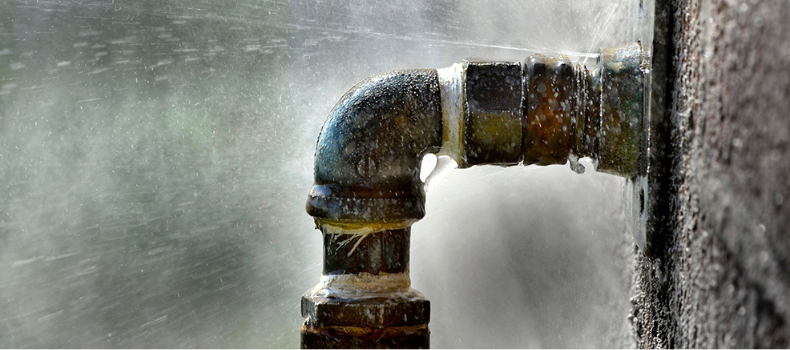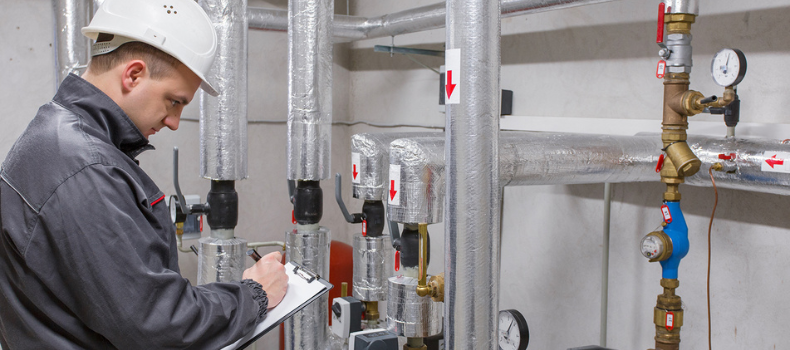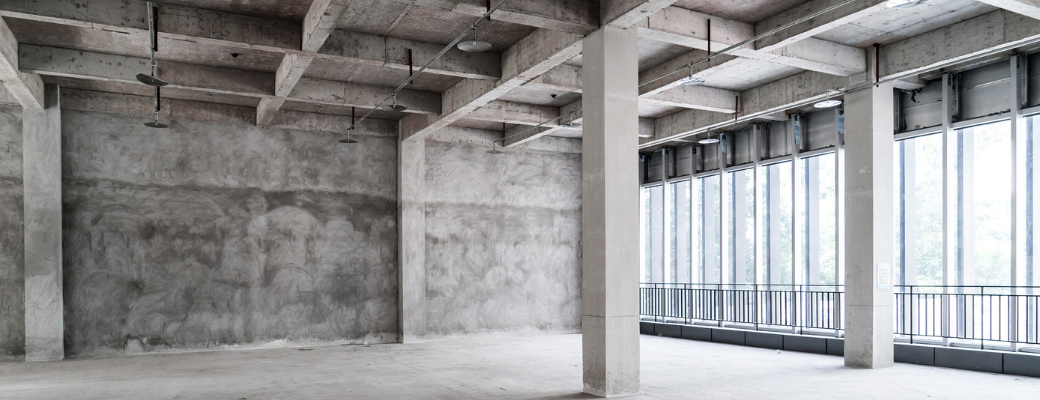The commercial real estate market continues to face serious challenges since the onset of the COVID-19 pandemic. Financial upheaval in the office market has been particularly pronounced, largely due to the rise of remote and hybrid work policies, which have reduced the need for large office spaces. The current situation may affect financial institutions in three major ways:
- They may experience a reduced need for space for their own operational footprint.
- Those that lease their institutional investment properties to other businesses may see steep drops in lease renewals, putting pressure on landlords.
- The persistence of high interest rates, which have contributed to near record-level increases in defaults and subsequent foreclosures, may affect lenders’ loan portfolios.
Record high U.S. office vacancy rate of 13.8%
$38+ billion of U.S. office buildings are threatened by loan defaults, foreclosures, or other forms of distress.1
Identifying risks
The first step is recognizing that underutilized, vacant or converted properties change and often heighten risk. Institutions must acknowledge the shift in exposure and understand the implication of these changes so as to implement appropriate risk management strategies.
Sparsely populated and vacant properties present unique challenges because they lack the day-to-day activity that naturally mitigates common hazards. Even offices that operate on hybrid schedules may have entire areas that go underutilized or vacant for long periods.
Property conversions that change the building occupancy can bring other types of activities and risk on the property — think of an office building converting to a residential building or a hotel being used for migrant housing. Construction-related activities during these conversions also add a different dimension of risk to be addressed.
| Type of risk | Potential consequences |
| Reducing/shutting off heat | Pipes subject to freezing and bursting with attendant water damage |
| Draining sprinkler system | Building subject to severe fire damage |
| Reduced security presence. | Increased risk of intrusion, arson, crime and physical assault and attendant legal action against owner |
| Hazards, such as poorly lit areas, unprotected floor openings, abandoned chemicals or flammable materials. | Increased danger to visitors, staff, contractors and police, fire and medical personnel. |
| Deferral of routine risk management programs and maintenance protocols. | Increased frequency of incidents and loss severity. |

Managing risk
While having sparsely attended, vacant or converted property exposes building owners, lease holders and lenders to various types and degrees of risk, some basic steps can be taken to reduce hazards, as outlined below.
| Risk management protocols | |
| Building services | Any decommissioning of building services should not expose the facility to heating, fire or security protection outages. Recommissioning plans should be established. |
| Protective systems | Maintenance protocols for protective systems (including sprinklers, fire alarms, fire doors, intrusion alarms, CCTV systems, etc.) should continue to operate in accordance with recognized standards and manufacturer recommendations |
| Machinery and equipment | Machinery and equipment should be decommissioned in a controlled manner to minimize the risk of damage and facilitate future recommissioning. Plans for appropriate maintenance regimes (including statutory and preventative requirements) should be established. |
| Note: It may be necessary to catch up on deferred maintenance prior to recommissioning. | |
| Staffing | Plans should be established for reduced staffing at monitoring services, security guarding, emergency response and support for previously established response procedures. |
| Note: Retaining the personnel who managed the properties before they became vacant is crucial. These individuals possess valuable knowledge about the buildings and their specific needs. Downsizing facility management staff can lead to a loss of this institutional knowledge, compromising the effectiveness of property management and preservation. | |
| Utilities and infrastructure | Contingency plans for utility and infrastructure failure or availability limitations should be reviewed. |
| Building inspection | Building protocols should be maintained, with at least weekly inspections of unattended areas recommended. |
| Hygiene and pest control | Critical hygiene and pest control protocols should continue to be maintained. |

Leverage technology to mitigate risk
State-of-the-art technology can play a significant role in mitigating risks associated with vacant or underutilized properties. Installing detection and prevention systems can help detect issues early and prevent extensive damage and loss.
Globally, Chubb estimated an annual $1.2 billion cost from non-weather water damage loss2.
Water damage, for example, is a leading source of property claims for both building owners and tenants, accounting for approximately one-third of insured property claims.
| Sensor detection systems | |
| Water sensors | Alert building managers to the presence of water. They usually offer spot detection and can be placed in areas prone to leaks or escaped liquids, such as bathrooms. |
| Temperature and humidity sensors | Spot sensors that report temperature and relative humidity, which can be both a cause and indicator of water damage. |
| Flow and pressure sensors | More advanced sensing systems, usually installed in plumbing, that relay information regarding possible leaks, unusual flow patterns and/or water usage information for water conservation measures. |
| Acoustic sensors | Among the most advanced sensors available on the market today, using ultrasonic signals collected from the outside of the pipe to report potential leaks, unusual flow patterns and/or water usage information. |
| Fire detection sensors | Intelligent devices that, for example, can analyze data gathered from smoke and carbon monoxide sensors (if present) to differentiate between nuisance particles like cooking smoke, dust, or steam and serious threats, thus helping to eliminate unwanted alarms. |
| Security sensors | Sensors collect and collate data and security information from multiple channels in the building via intruder detection, access control, CCTV monitoring and fire detection systems – providing a real-time overview to building owners and managers, as well as frontline field professionals such as fire and emergency services. |
Evaluating current insurance coverage to assess risk
Choosing the right insurance partner is critical for managing commercial real estate exposures effectively. Not all insurers are able and willing to offer the specialized coverage and services that target the vulnerabilities of underutilized and vacant office buildings, which might include:
| Specialized coverages/services | |
| Customized insurance policies | Insurers can offer tailored insurance policies that address specific risks associated with vacant and underutilized properties. These may include vandalism, theft, water damage and fire. |
| Risk assessment and management | Insurers often provide comprehensive risk assessment services, helping property owners identify potential vulnerabilities and develop strategies to manage them effectively. |
| Coverage for liability | Vacant properties can pose liability risks, such as accidents or injuries on the premises. The right insurer can provide liability coverage to protect owners from legal claims and financial losses. |
| Business interruption insurance | If the property is partially utilized, business interruption insurance can cover the loss of income due to insured events that disrupt operations, helping maintain cash flow. |
| Vacant property clauses | Specialized policies can include clauses that cater specifically to vacant properties, such as extended vacancy allowances and reduced premium rates for certain periods. |
| Maintenance and security requirements | Insurers often provide guidelines for maintaining and securing vacant properties, which can help in reducing risks and potentially lower insurance premiums. |
| Financial stability and claims processing | Partnering with a reputable insurer ensures that claims are processed efficiently and that the insurer has the |
For more information on Chubb’s Real Estate & Hospitality Industry Practice, please contact:
Steve Edwards, Real Estate & Hospitality Industry Practice leader | stephen.edwards@chubb.com
For more information on Chubb’s Financial Institutions Industry Practice, please contact:
Brendan Arnott, Financial Institutions Industry Practice Leader | brendan.arnott@chubb.com
Learn more about Chubb's Industry Practices.
1Foreclosures may rise further depending on interest rate movement in 2025. Despite these challenges, financial institutions that take proactive measures and adopt best practices can effectively reduce exposure and mitigate various types of risk associated with underperforming properties.
2These systems aren’t perfect, but they are ever-evolving to more effectively complement established maintenance programs and business continuity plans that aim to mitigate loss due to water, fire and other types of hazardous damage.
Insights and expertise



This document is advisory in nature and is offered as a resource to be used together with your professional insurance advisors in maintaining a loss prevention program. It is an overview only, and is not intended as a substitute for consultation with your insurance broker, or for legal, engineering or other professional advice.
Chubb is the marketing name used to refer to subsidiaries of Chubb Limited providing insurance and related services. For a list of these subsidiaries, please visit our website at www.chubb.com. Insurance provided by ACE American Insurance Company and its U.S. based Chubb underwriting company affiliates. All products may not be available in all states. This communication contains product summaries only. Coverage is subject to the language of the policies as actually issued. Surplus lines insurance sold only through licensed surplus lines producers. Chubb, 202 Hall's Mill Road, Whitehouse Station, NJ 08889-1600.










